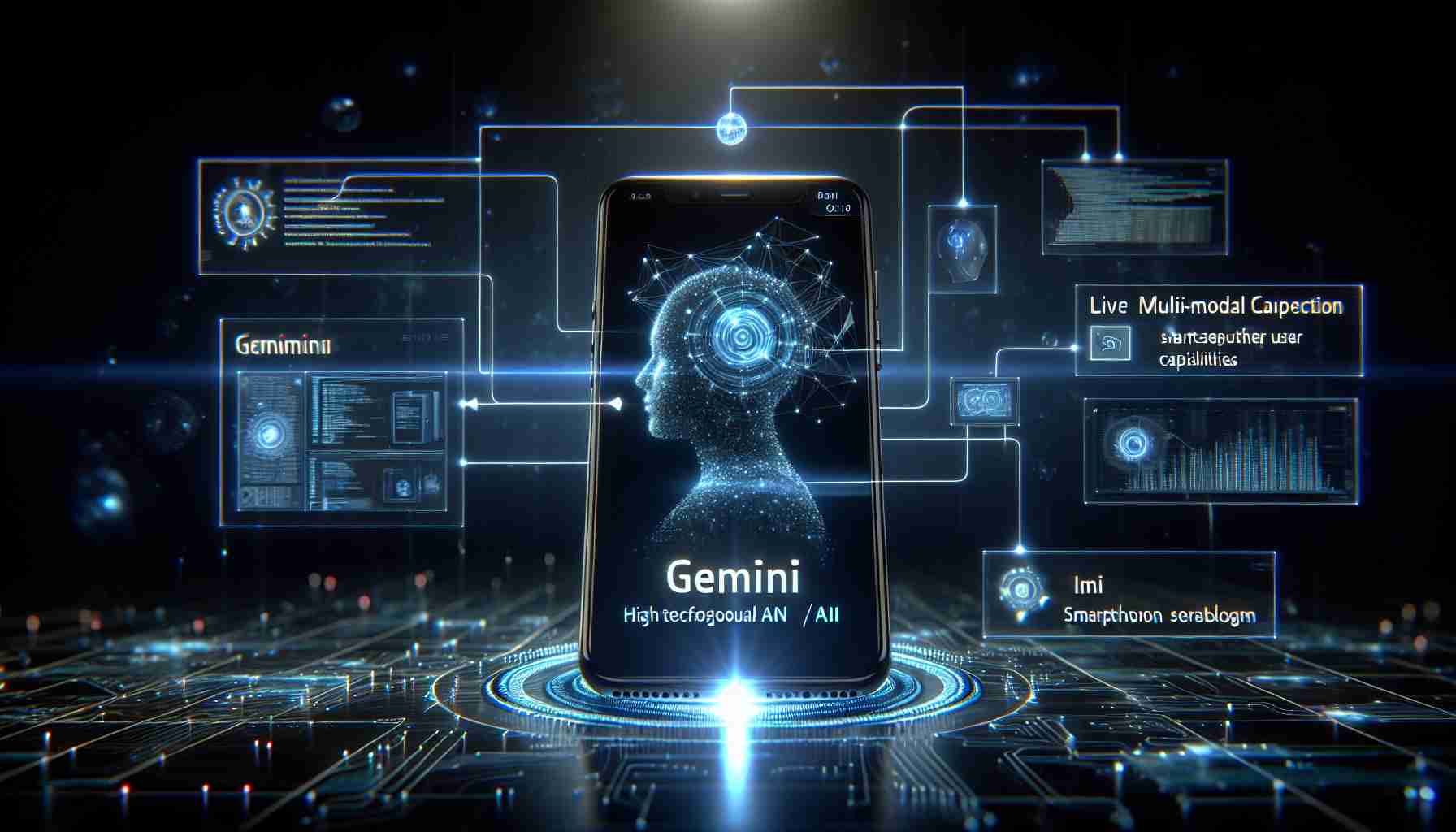Google’s annual I/O event shines a spotlight on Gemini AI’s real-time conversational prowess.
At the latest Google I/O gathering, a significant highlight was the introduction of live, dynamic features to Google’s Gemini AI. This real-time capability invites users to interact with Gemini through their smartphone cameras, mimicking the ease of a video call with a highly knowledgeable companion.
Prior attempts in AI technology by other gadgets, like the Rabbit R1 and the Humane AI pin, stirred intrigue but couldn’t sway the smartphone dominance. Google’s Gemini has stepped up, focusing attention again on mobile devices with its nimble multi-modal interactions.
The company teased Gemini’s abilities in a pre-event tweet, showcasing the AI’s skill in detecting and discussing the I/O stage contextually. The official demo further impressed with Gemini’s quick and apt responses to visual cues presented by the user’s smartphone camera, creating a seamless, conversational flow.
Project Astra is at the heart of these innovations, with Google aiming to scale this advanced AI to smartphones directly. Although Rabbit’s R1 launch earlier displayed a similar technology, Google’s video suggests Gemini could surpass the competition.
OpenAI also revealed advancements with its GPT-4o model just one day prior, showcasing an AI that can “see, hear, and speak,” indicating an industry-wide move towards more intuitive AI interactions.
Google’s update on Gemini is set to propel it ahead in the AI assistant landscape, thanks to its natural-sounding dialogue and contextual awareness. Anticipation grows as more comprehensive capabilities will be revealed with Gemini’s later updates, positioning it as a leading multi-modal AI assistant for mobile users. Attendees of Google’s I/O could sample Gemini’s new features in a “sandbox” setting, with broader hands-on experiences expected in the coming months.
What are multi-modal interactions in the context of AI and smartphones?
Multi-modal interactions in artificial intelligence refer to the ability of AI systems to understand and engage with users through multiple forms of communication. In the context of smartphones, this means that an AI like Google’s Gemini can process input and provide information or responses not only through text or voice but also by analyzing visual information from the smartphone’s camera. This incorporates a level of understanding and interactivity that mirrors human communication by using several sensory modalities simultaneously.
What are the key challenges or controversies associated with advanced AI interactions?
Key challenges associated with AI like Google’s Gemini include privacy concerns, as more advanced AI systems may require access to sensitive data to function effectively. Additionally, there’s the issue of potential job displacement due to automation, ethical considerations around AI decision-making, and ensuring AI systems are free from bias. A controversy that often arises is the balance between personalization and privacy, as these systems need to collect and analyze personal data to operate effectively but must also respect user privacy.
What are the advantages of Google’s Gemini AI?
Advantages of Gemini AI include enhanced user experience through natural dialogue and contextual awareness, as well as the convenience of hands-free control and accessibility features for those with disabilities. The system’s ability to understand and respond to live visual information could provide users with more accurate and timely information and open up new possibilities for how we interact with our devices and manage tasks.
What are the disadvantages?
Disadvantages might encompass concerns about data privacy and security, as AI requires data to improve its services. There might also be issues related to reliability and accuracy in understanding different accents, languages, or unique visual contexts. Furthermore, dependence on AI for daily tasks could reduce human initiative and critical thinking skills.
For more information on AI from Google, you can visit Google’s main domain:
Google
Please remember, when browsing for further knowledge on the topic, it’s essential to consider the source’s credibility and ensure the information is up-to-date, as the field of AI is rapidly evolving.
The source of the article is from the blog papodemusica.com
